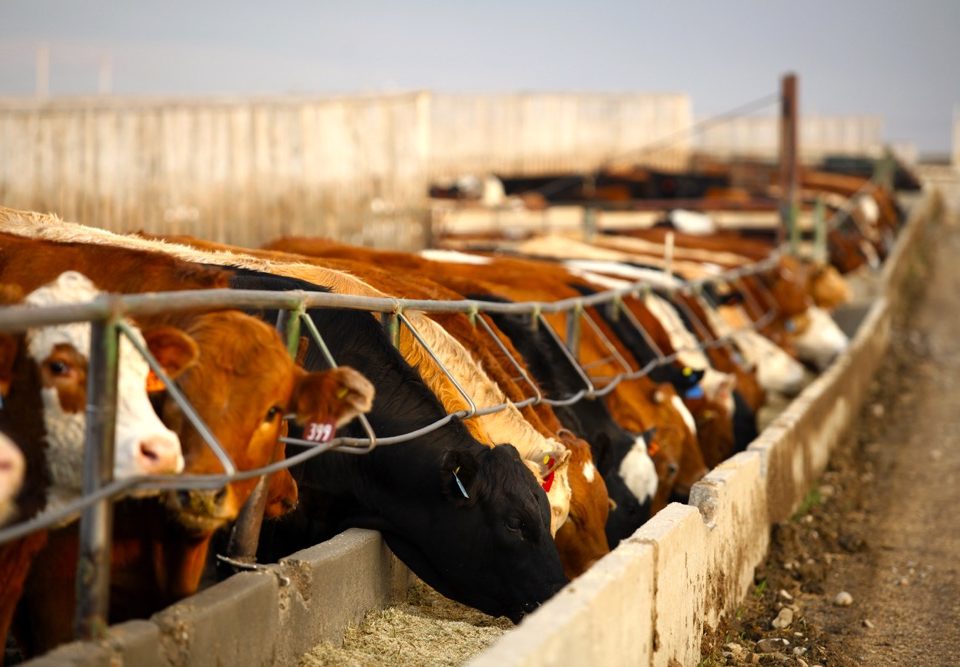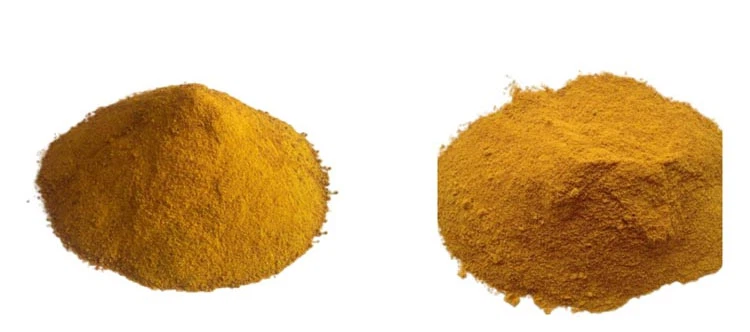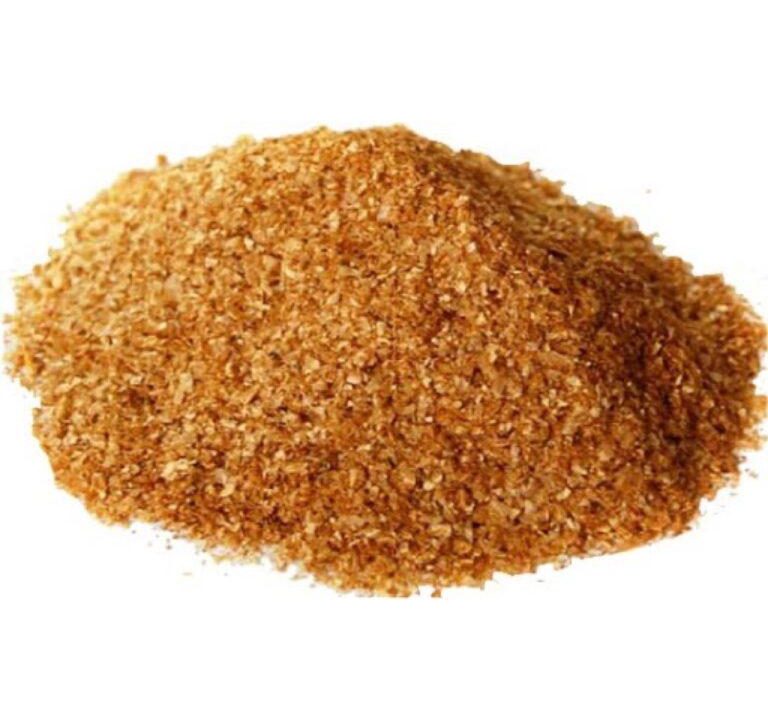Chicken Meal Feed for Animal Food : A Comprehensive Guide

Corn Gluten Feed-Composition and Feeding Value for Beef and Dairy Cattle
September 30, 2024
2025 Soybean Meal Demand Assessment.
October 5, 2024Introduction
In the animal feed industry, chicken meal has become a highly valued ingredient due to its rich nutritional profile, cost-effectiveness, and versatility. Chicken meal is a rendered product made from clean, ground chicken parts, including flesh, skin, and bones, but excluding feathers, heads, feet, and entrails. It is widely used in feed formulations for pets, livestock, and aquaculture due to its high protein content and essential nutrients.
This article explores the production process, nutritional benefits, applications, and considerations for using chicken meal in animal feed. Additionally, we’ll discuss its role in sustainable feed production and provide a detailed comparison with other protein sources.
What is Chicken Meal?
Chicken meal is a concentrated protein source derived from chicken by-products. It is created by cooking, drying, and grinding chicken parts into a fine, nutrient-dense powder. The rendering process removes moisture and fat, resulting in a product that is approximately 65-70% protein, making it an excellent ingredient for animal feed.
Key Characteristics:
- High Protein Content: Provides essential amino acids for growth and maintenance.
- Rich in Minerals: Contains calcium, phosphorus, and other trace minerals.
- Low Moisture: Long shelf life due to reduced water content.
- Palatability: Enhances the flavor of feed, encouraging consumption.
Production Process of Chicken Meal
The production of chicken meal involves several steps to ensure a safe, high-quality product:
1. Collection of Raw Materials
- Chicken by-products such as skin, meat trimmings, and bones are collected from poultry processing plants.
2. Cooking (Rendering)
- The raw materials are cooked at high temperatures to kill pathogens and separate fat and moisture from the solid components.
3. Drying
- The cooked material is dried to remove remaining moisture, leaving a concentrated protein product.
4. Grinding
- The dried material is ground into a fine powder, creating the final chicken meal product.
5. Quality Control
- The chicken meal is tested for protein content, fat levels, and contaminants to ensure it meets industry standards.
Nutritional Benefits of Chicken Meal
Chicken meal is a nutrient-dense ingredient that provides essential nutrients for animal growth and health. Below is a breakdown of its key nutritional components:
| Nutrient | Content (Approximate) | Benefits |
|---|---|---|
| Protein | 65-70% | Supports muscle development and maintenance. |
| Fat | 10-12% | Provides energy and enhances feed palatability. |
| Calcium | 4-5% | Essential for bone health and eggshell formation in poultry. |
| Phosphorus | 2-3% | Works with calcium to support skeletal health. |
| Amino Acids | High levels of lysine, methionine, and cysteine | Vital for growth, reproduction, and immune function. |
| Omega-6 Fatty Acids | Moderate levels | Promotes healthy skin and coat in pets and livestock. |
Applications of Chicken Meal in Animal Feed
Chicken meal is used in feed formulations for various animals due to its versatility and nutritional benefits.
1. Pet Food
- Dogs and Cats: Chicken meal is a primary protein source in dry kibble and wet food, providing essential amino acids for muscle growth and maintenance.
- Palatability: Its rich flavor makes it highly appealing to pets.
2. Poultry Feed
- Broilers and Layers: Chicken meal is used as a protein supplement to promote rapid growth in broilers and improve egg production in layers.
- Calcium and Phosphorus: Supports bone development and eggshell quality.
3. Livestock Feed
- Swine: Chicken meal is included in pig diets to enhance growth rates and feed efficiency.
- Ruminants: Used as a protein supplement for cattle, sheep, and goats, especially in high-performance diets.
4. Aquaculture
- Fish and Shrimp: Chicken meal is a cost-effective alternative to fishmeal, providing high-quality protein for aquaculture feeds.
Comparison with Other Protein Sources
Chicken meal is often compared to other protein sources such as fishmeal, soybean meal, and meat and bone meal. Below is a detailed comparison:
| Protein Source | Protein Content | Cost | Digestibility | Sustainability | Applications |
|---|---|---|---|---|---|
| Chicken Meal | 65-70% | Moderate | High | Sustainable if sourced responsibly | Pet food, poultry, livestock, aquaculture |
| Fishmeal | 60-72% | High | Very High | Overfishing concerns | Aquaculture, livestock |
| Soybean Meal | 44-48% | Low | Moderate | Environmentally friendly | Livestock, poultry, aquaculture |
| Meat and Bone Meal | 50-55% | Low | Moderate | Sustainable if processed properly | Livestock, poultry |
Key Advantages of Chicken Meal:
- Higher digestibility compared to plant-based protein sources.
- Lower environmental impact compared to fishmeal.
- Balanced amino acid profile suitable for a wide range of animals.
Advantages of Using Chicken Meal in Animal Feed
1. Nutritional Value
- High protein content and essential amino acids support growth, reproduction, and overall health.
2. Cost-Effectiveness
- Provides a concentrated protein source at a lower cost compared to fishmeal.
3. Versatility
- Suitable for various animal species, including pets, livestock, and aquaculture.
4. Sustainability
- Utilizes by-products from the poultry industry, reducing waste and promoting a circular economy.
5. Long Shelf Life
- Low moisture content ensures a stable product that can be stored for extended periods.
Challenges and Considerations
Despite its benefits, there are some challenges associated with using chicken meal in animal feed:
1. Quality Variability
- The nutritional content of chicken meal can vary depending on the raw materials and processing methods used.
2. Contaminants
- Improper processing can lead to contamination with pathogens or harmful substances.
3. Allergies
- Some animals may develop allergies to chicken protein, requiring alternative feed formulations.
4. Sourcing
- Ensuring ethical and sustainable sourcing of raw materials is critical for minimizing environmental impact.
Sustainable Production of Chicken Meal
Sustainability is a growing concern in the animal feed industry. The production of chicken meal can contribute to a more sustainable food system through:
1. Waste Reduction
- Utilizing poultry by-products reduces waste from the poultry industry and diverts materials from landfills.
2. Energy Efficiency
- Modern rendering plants use energy-efficient processes to minimize environmental impact.
3. Traceability
- Implementing traceability systems ensures that raw materials are sourced responsibly and meet quality standards.
Future Trends in Chicken Meal Production
The demand for chicken meal is expected to grow as the global population increases and the need for sustainable animal feed solutions intensifies. Key trends include:
1. Improved Processing Technologies
- Advances in rendering and drying techniques will enhance the quality and consistency of chicken meal.
2. Alternative Protein Sources
- Combining chicken meal with insect protein or algae-based ingredients to create more sustainable feed formulations.
3. Enhanced Traceability
- Blockchain and other digital technologies will improve transparency in the supply chain.
4. Focus on Pet Food
- The pet food industry will continue to drive demand for high-quality chicken meal due to its palatability and nutritional value.
Conclusion
Chicken meal is a highly valuable ingredient in animal feed, offering a rich source of protein, essential nutrients, and cost-effective solutions for pet food, livestock, poultry, and aquaculture. Its versatility, sustainability, and nutritional benefits make it a preferred choice for feed manufacturers worldwide.
By addressing challenges such as quality variability and ensuring sustainable sourcing, the animal feed industry can maximize the potential of chicken meal while minimizing its environmental impact. As technology and sustainability practices evolve, chicken meal will remain a cornerstone of efficient and responsible animal nutrition.







